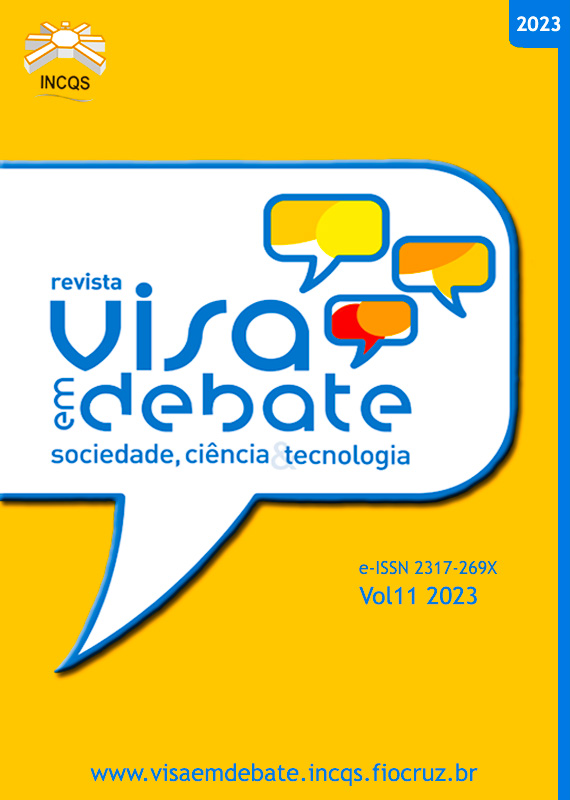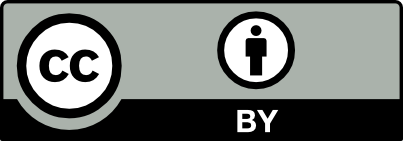Teaching plan guided by active methodologies of applied teaching in courses of good handling practices in food services
Vigil Sanit Debate, Rio de Janeiro, 2023, v.11: e02137 | Published on: 05/10/2023
DOI:
https://doi.org/10.22239/2317-269x.02137Keywords:
Good Handling Practices of Food, GHP, Active MethodologiesAbstract
Introduction: Didactic methods and resources for teaching influence the learning process. Objective: To elaborate and apply a Teaching Plan in Good Handling Practices (GHP) courses intended for food services, adopting active methodologies in its pedagogical project. Method: Experimental design was “before-and-after”, using theoretical knowledge and behaviors adopted in GHP as learning indicators. A questionnaire was applied (with ten questions) to assess theoretical knowledge, and to assess students’ behaviors, a problem-situation was simulated, where a food handler performed procedures, and each participant should identify what was right and what was wrong (14 behaviors). Results: Applied in courses provided by Senac/RS, the sample encompassed 5 classes, totaling 114 students, with the following schooling degrees: Elementary School (n = 22 –19.3%), High School (n = 53 – 46.5%), and Higher Education (n = 39 – 34.2%). There was a statistically significant increase in theoretical knowledge acquired, with average correct answers of 7.13 before and 8.94 after the course. Median was 8, with lower quadrant (Qu.in) 6 and upper quadrant (Qu.su) 8 before, and median 9, with Qu.in 8 and Qu.su 10 after the course. Similarly significant was the increase in recognition and adoption of adequate behaviors in GHP with mean values of 4.36 before and 7.56 after the course. The median of behaviors was 5, with Qu.in 2 and Qu.su 7 before, and 8, with Qu.in 7 and Qu.su 11 after the course. Conclusions: There was an increase in the number of correct answers after the course at every education level; however, the higher the education level, the higher the number of correct answers in the questionnaire and of behaviors correctly identified in the problem situation.
Downloads
Downloads
Published
Issue
Section
License
Copyright (c) 2023 Antonia de Sousa Cunha, Saionara Araujo Wagner, César Augusto Marchionatti Avancini (Autor)

This work is licensed under a Creative Commons Attribution 4.0 International License.
COPYRIGHT ALLOWANCE The author (s) hereinafter designated as the ASSIGNOR hereby assign and transfer, free of charge, the ownership of the copyrights related to this ARTICLE to the Vigilância Sanitária em Debate: Sociedade, Ciência & Tecnologia (Health Surveillance under Debate: Society, Science & Technology) – Visa em Debate, represented by FUNDAÇÃO OSWALDO CRUZ, established at Av. Brasil, nº 4365, Manguinhos, Rio de Janeiro, RJ, Brazil, CEP 21045-900, under the conditions set out below: (a) The terms and conditions set forth in this Agreement shall apply to the following: 1. The ASSIGNOR declares that they s(he) is (are) the author (s) and owner (s) of the copyrighted property of the ARTICLE submitted. 2. The ASSIGNOR declares that the ARTICLE does not infringe the copyrights and / or other property rights of third parties, that the disclosure of images (if any) has been authorized and that they s(he) assume(s) full moral and / or property liability for its content, before third parties. 3. THE ASSIGNOR assigns and transfers all copyrights relating to the ARTICLE to the ASSIGNEE, especially the rights of editing, publication, translation into another language and reproduction by any process or technique. The ASSIGNEE becomes the exclusive owner of the rights related to the ARTICLE, and any reproduction, totally or partially, is prohibited in any other means of publicity, printed or electronic, without prior written authorization from the ASSIGNEE. 4. The assignment is free and, therefore, there will be no remuneration for the use of the ARTICLE by the ASSIGNEE.







